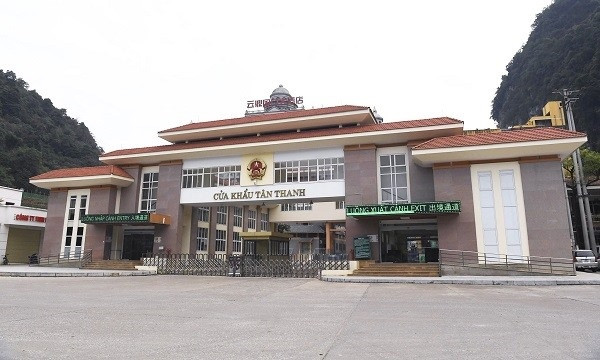
This information was unveiled by Phan Thi Thu Hien, representative of the Plant Protection Department, during a forum aimed at connecting agricultural production and consumption which was hosted by the Ministry of Agriculture and Rural Development on December 7.
Hien revealed that having the code of the growing area and packing facility is one of the mandatory regulations set by several importing countries around the world.
In fact, Vietnam has so far exported seven kinds of fruit, including mango, dragon fruit, longan, lychee, watermelon, rambutan, and jackfruit to Chinese market.
Most notably, five kinds of agricultural products, including mangosteen, black jelly, durian, banana, and sweet potato, have been exported to China under the form of signing the protocol.
Furthermore, passion fruit and fresh chili are exported to China via border gates, while a number of other agricultural products such as pomelo, custard apple, coconut, and lemon are in the process of negotiating to open to the Chinese market.
In terms of being eligible for exportation to China, these shipment of fruit are required to meet phytosanitary requirements related to cultivation, processing, storage, packaging, and transportation.
Hien affirmed that the northern neighbour has become a stringent market and has strictly tightened control over cross-border goods, especially in the form of border trade and unofficial channels.
China requires negotiations to open the market for each type of agricultural product, she said, noting that seven types of fruit that have been already shipped to the market will have to re-sign the protocol with a declaration of the growing area code and packing facility.
Source; VOV